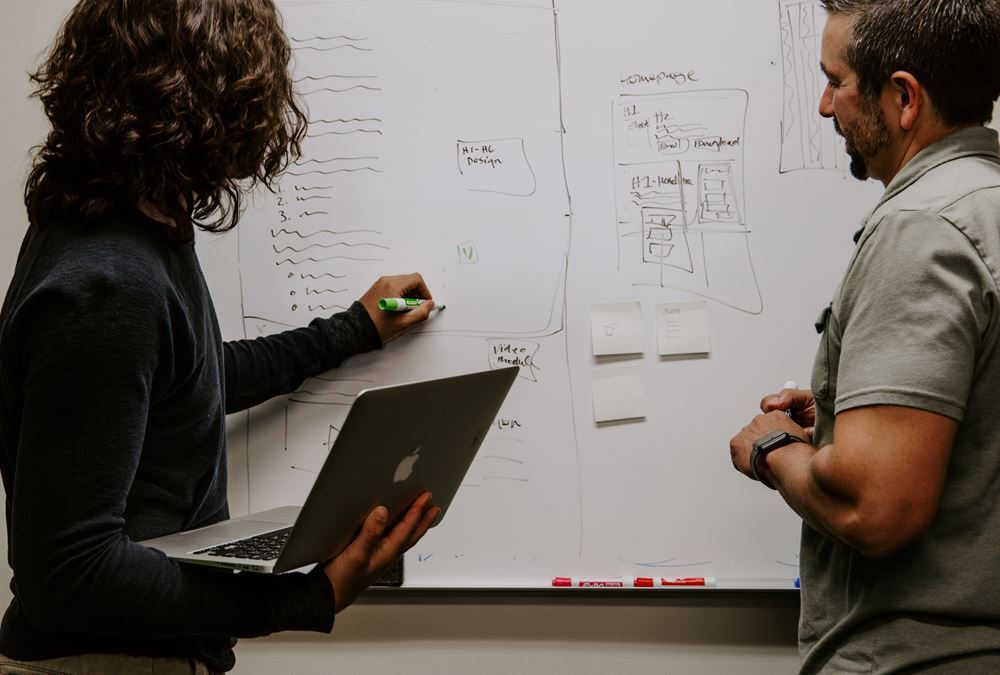- Home
- Business Processes
- Industry Knowledge
- Aerospace Industry
- Automotive Industry
- Banking Domain
- BFSI Industry
- Consumer/ FMCG Industry
- Chemicals Industry
- Engineering & Construction
- Energy Industry
- Education Domain
- Finance Domain
- Hospitality Domain
- Healthcare Industry
- Insurance Domain
- Retail Industry
- Travel and Tourism Domain
- Telecom Industry
- Leadership Skills
- eLearning
- Home
- Leadership
- Leadership Theories
- Skills Approach Application
Skills Approach Application
According to the three-skill approach of Katz, the individual's leadership abilities vary depending on where leaders are in a management hierarchy. The practical implication of skills approach to leadership is that leaders can improve their capabilities in leadership skills through training and experience.
Advantages of Skills Approach:
The skills approach to leadership describes leadership from a skills standpoint and provides a structure for understanding the nature of effective leadership. According to three-skill approach of Katz the importance of certain leadership skills varies depending on where leaders are in a management hierarchy. In Mumford’s skill model theory he proposes that leadership effectiveness is directly correlated to a leader’s competencies in problem-solving skills, social judgment skills, and knowledge. The biggest takeaway from these studies was the outcome that these skills can be learned and developed. The practical implication of skills approach to leadership is that leaders can improve their capabilities in leadership skills through training and experience. Hence they assist in defining a structured approach to leadership education and development and help to frame the curricula of organizational training and leadership development programs.
How to use this approach:
The learner can use the characteristics of the skills defined in this approach to do a comparative self –evaluation of oneself to identify one’s strengths and weaknesses with regard to these three skills; technical, human, and conceptual. This assessment provides insight into one’s own leadership competencies and based on the development areas identified, learners can take specific trainings to enhance their leadership effectiveness.
There are many questionnaires available based on these studies to assess individual's skills. They provide a useful self-help, but a word of caution here is that they cannot be used in research because they have not been tested for reliability and validity. A typical questionnaire is the "Skills Inventory" and you can also take the quiz designed by TechnoFunc called TechnoFunc’s Skill Inventory to assess your skills and development areas.
Self-Leadership Development Plan:
Given below are the steps to define a leadership development plan for yourself using the key concepts from this approach:
1. Do a self-assessment – Use TechoFunc’s Quiz
2. Identify your strengths and weaknesses
3. Identify your training needs.
4. Explore the relevant area on TechnoFunc’s website to learn more about the skillset you need to develop and explore the tools provided here to increase your effectiveness.
Related Links
You May Also Like
-
Socio-technical theory of leadership focus on the presence of two subsystems in every organization, the interrelatedness of social and technical aspects of an organization. Theory pertains to the social aspects of people and technical aspects of an organization, which means structure and processes within the organization.
-
Hawthorne Studies - Leadership
The Hawthorne studies were conducted on workers at the Hawthorne plant of the Western Electric Company by Elton Mayo and Fritz Roethlisberger in the 1920s. This study established the behavioral change that happened due to an awareness of being observed, resulting in active compliance with the supposed wishes of researchers, because of special attention received, or positive response to the stimulus being introduced.
-
Team leadership theory is a recent leadership theory that does not discriminate between the leader and the other team members. The approach considers contributions from each team member to be critical for organizational success. This approach focused on the overall team effectiveness and team problems are diagnosed and action is taken to remediate weakness. This approach provides for taking corrective action when the leader deems necessary.
-
The Fiedler Model of leadership is a contingency theory and states that a leader's effectiveness is based on the situation. There is no one best style of leadership and the effectiveness of a leader in an organization depends on matching the leader to the situation. Leaders should determine the natural leadership style and assess the situation to flex the style.
-
The Psychodynamic Approach to leadership focuses on leaders building an understanding of their personality characteristics to know why they act or react in certain ways. Psychodynamics theory aims to explain the dynamics of human behavior in which lies the essence of leadership, by analyzing various motives that govern a person's behavior. This information can be used to develop leaders and followers by understanding their responses based on their personalities.
-
The Valence Model of Leadership
The valence model of emergent leadership is based on a group-development sequence. As per the valence model, the process of emergent leadership passes through three distinct stages; Orientation, Conflict, and Emergence. Group members willingly start following and obeying the leader who has passed the "emergence threshold."
-
The Hersey and Blanchard Situational Theory model suggests that a leader must adapt his leadership style based on task and relationship behaviors appropriate to the situation. Leadership style is dependent on the maturity level and abilities of followers. Under this model, successful leadership is both task-relevant and relationship-relevant.
-
Investment Theory of Creativity
Sternberg in the year 2006, proposed the investment and confluence theory focused on understanding creativity. According to the investment theory, creativity requires a confluence of six distinct but interrelated resources known as intellectual abilities, knowledge, styles of thinking, personality, motivation, and environment. It emphasizes that creativity is not about one thing, but about a system of things.
-
Idiosyncrasy Credit Model of Leadership builds upon the awareness that when the emergent leader meets the team's expectations, idiosyncrasy credits are awarded. These credits depend on how the leader fulfilled follower's expectations and what is the impact of the leader's decisions on the follower. When the balance of credits shifts, another leader will emerge.
-
Maslow's hierarchy of needs is a motivational theory that explains that people are motivated by five basic categories of human needs. These needs are physiological, safety, love and belonging, esteem, and self-actualization. There is a little scientific basis for this concept of a hierarchy of needs.
Explore Our Free Training Articles or
Sign Up to Start With Our eLearning Courses

About Us
Learning
© 2023 TechnoFunc, All Rights Reserved










